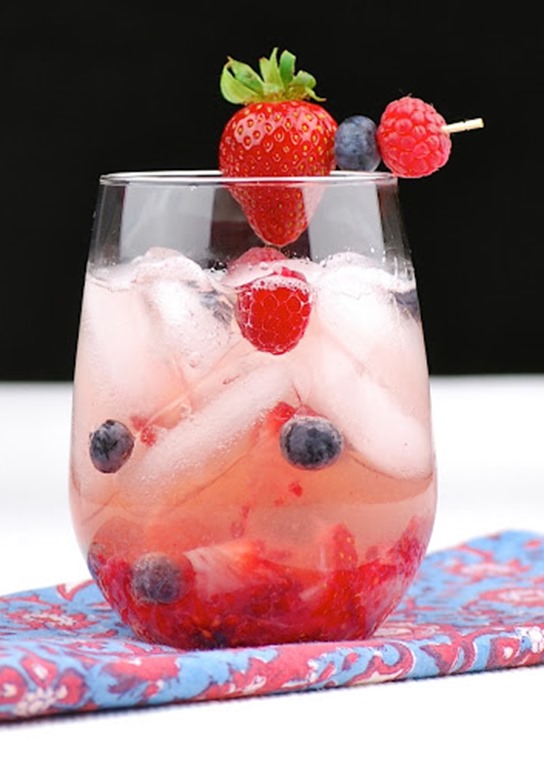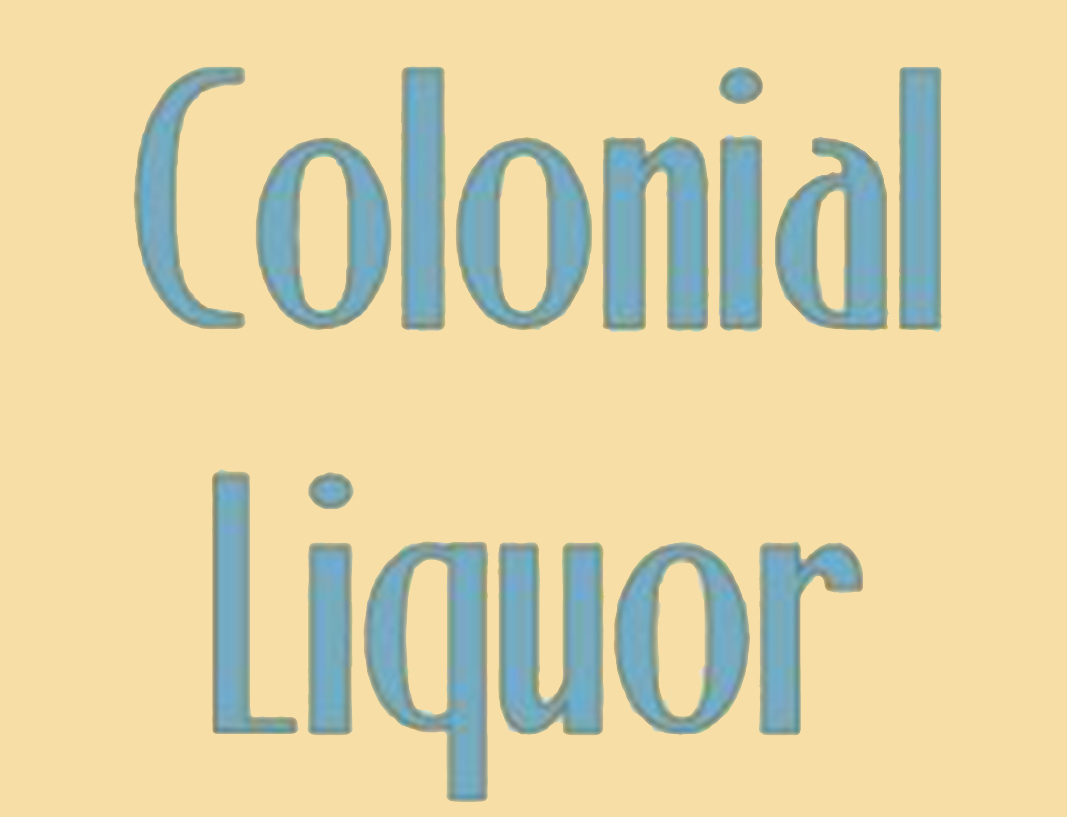 |
|
|
Berry Sangria INGREDIENTS: 1 (750 ml) bottle rose wine INSTRUCITIONS:
Serve in cocktail glass or Mason Jar Terrific use of locally grown, in-season summer fruit.
|
History Named after a Spanish and Portuguese word for "blood" because of it's color Sangria has existed in various forms for over 2,000 years. It is believed the Romans began a practise of mixing wine with water in order to sanitise the drinking water of their expanding empire as it reached the Iberian Peninsula, where Spain and Portugal now are. By the early 18th century, Sangria had spread to Latin America. It did not become a widely consumed drink in the United States of America until it was showcased at the 1964 World's fair in New York. This is despite sangria being a common drink served in the United Kingdom, where it was known a Claret Cup Punch, since the time of Jane Austen. Sangria was introduced to NYC by Lorenzo Granados at his eponymous Greenwich Village restaurant in 1951. Sangria is a beverage, common in Spain and Portugal. It normally consists of red wine, chopped fruit, a sweetener, and a small amount of brandy. Chopped fruit can include orange, lemon, lime, apple, peach, melon, berries, pineapple, grape, kiwifruit and mango. A sweetener such as honey, sugar, syrup, or orange juice is added. Instead of brandy, other liquids such as Seltzer or lemonade may be added. Sangria is steeped while chilled for as little as minutes or up to a few days. The use of the word sangria in labels is now restricted using tougher geographical labeling rules enforced by European law. Only sangria made in Spain and Portugal was allowed to be sold under that name after the European Parliament green-lighted new wine labeling in January 2014.
|
